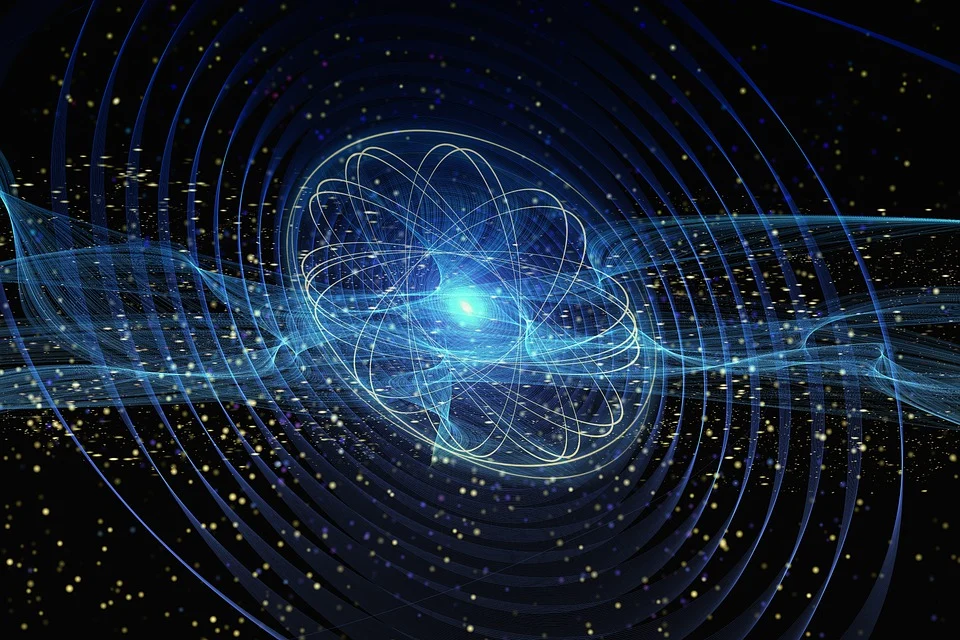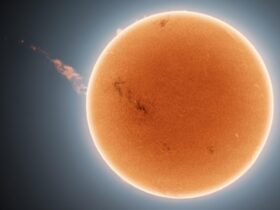To speed up the process of comparing gravitational-wave data to a massive database of patterns, researchers have devised a new quantum algorithm. Detectors such as the Laser Interferometer Gravitational Observatory in the United States as well as the Virgo gravitational wave detector in Italy have both used a technique described as “matched filtering” to uncover gravitational wave signals.
Because they are the most powerful instruments yet developed, those sensors are able to pick up the subtle vibrations in spacetime induced by major astronomical events such as the collisions and merging of black holes. In order to identify gravitational waves, processors use a technique called matched filtering. Instead of combing through all of that information looking for a match, it uses pre-created information that is more likely to be associated with a gravitational wave trace. Since LIGO’s initial discovery in September 2015, the method has permitted several detections of gravitational waves, although it is time-intensive & resource-heavy.
Grover’s algorithm, a revolutionary computing approach, may substantially speed up the process, according to experts. Even though Grover’s algorithm-based quantum computers are still under development, traditional computers can imitate their behavior, enabling scientists to design strategies that can be used when Grover’s algorithm-based quantum computers are widely accessible. Using quantum theory and Grover’s method, which software expert Lov Grover devised in 1996, search across databases is now significantly quicker.
When it comes to fundamental functions, existing quantum computers are much weaker than conventional computers, although this performance is likely to increase as science advances. There would be an increase in speed since the amount of computations would be reduced. So, in the ideal case scenario, they could shave weeks off the time it takes to make the same inquiry using conventional computing.
The study was published in arXiv.













Leave a Reply